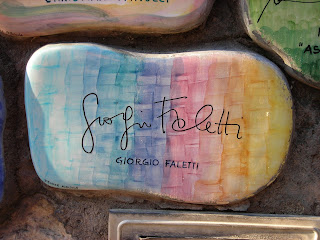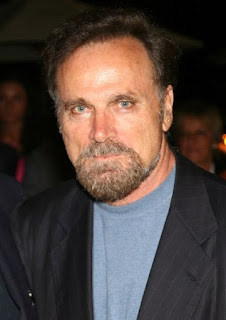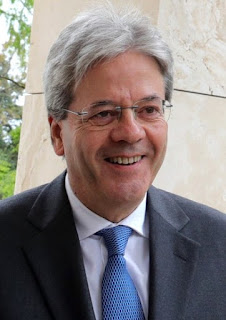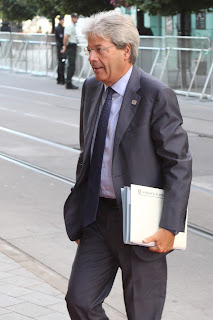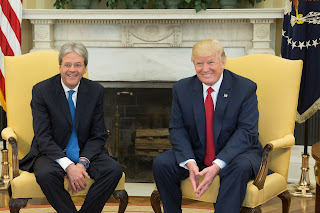Writer who ‘seized the day’ and left his vivid account of it
 |
| Horace, as imagined by the 19th century Italian painter Giacomo di Chirico |
Quintus Horatius Flaccus, better known as Horace, died on
this day in 8 BC in Rome.
He had become a leading poet during the reign of the Emperor
Augustus and acquired a farm near Rome which he made famous through his poetry.
His Odes and his more informal Satires and verse Epistles
vividly portrayed contemporary Roman society, with the background themes of
love, friendship and philosophy.
Horace’s career coincided with Rome’s momentous change from
a republic to an empire and he became a spokesman for the new regime.
He is said to have revealed far more about himself and his
way of life in his writings than any other poet in antiquity. His most famous
two words are ‘carpe diem’ – taken from his first book of Odes – which are usually
translated as ‘seize the day’.
Horace was born in 65 BC in Venusia in southern Italy, a
town that lay on a trade route between Apulia and Basilicata. Horace’s father
had been a slave but had managed to gain his freedom and improve his social
position.
He spent money on his son’s education and eventually took
him to Rome to find him the best school.
At the age of 19 Horace went to Athens to enrol in the
Academy founded by Plato.
 |
| The German painter Anton von Werner's depiction of Horace |
After the assassination of Julius Caesar, Marcus Junius
Brutus came to Athens seeking support for the Republican cause. He recruited
Horace as a senior officer and the poet learnt the basics of military life
while on the march.
The Republican forces were crushed by Augustus, Caesar’s
heir, and Mark Anthony, at the Battle of Philippi. Augustus offered an early
amnesty to his opponents and Horace accepted it. Back in Rome he obtained a
position as a clerk of the treasury and wrote his poetry.
He was introduced by the poet Virgil to Gaius Maecenas, a
principal political advisor to the Emperor Augustus and Horace forged
friendships with them both. He went on several journeys with Maecenas, which he
described in his poetry.
Horace received the gift of a farm from Maecenas, which
included income from five tenants, enabling him to work less and spend more
time on his poetry.
He died at the age of 56, only a few months after Maecenas.
He was laid to rest near his friend on the Esquiline Hill in Rome. Both men
bequeathed their property to Augustus, an honour that the emperor expected from
his friends.
The Odes written by Horace attracted interest during the
Renaissance and went on to have a profound influence on western poetry.
The poet Alfred Lord Tennyson referred to them as ‘jewels
that sparkle for ever’. The intricacy of these jewels has challenged many
translators over the centuries and although each Ode has now been translated
thousands of times, new versions continue to appear.
 |
| Venosa has a statue of Horace in its main square |
Travel tip:
Venusia, where Horace was born, is now called Venosa and is
a town in the province of Potenza in Basilicata. Remains of the ancient city
walls and of an amphitheatre can still be seen there and there are fragments of
Roman architecture built into the walls of the cathedral. There is a statue of Horace in the main square and a museum dedicated to him.
Travel tip:
The Esquiline Hill in Rome, where Horace and his friend
Maecenas were buried, is one of the celebrated seven hills of Rome. Rising
above the Colosseum to the northeast, much of it today is taken up with the Parco
del Colle Oppio, a large park covering the southern spur, the Oppian Hill. It was once a fashionable residential district.
Nero built his extravagant, mile-long Golden House there, while Trajan constructed
his bath complex, the remains of which are visible today along with the Temple
of Minerva Medica. The Basilica of Santa Maria Maggiore was built on the Esquiline
Hill, on the Cispian spur.





